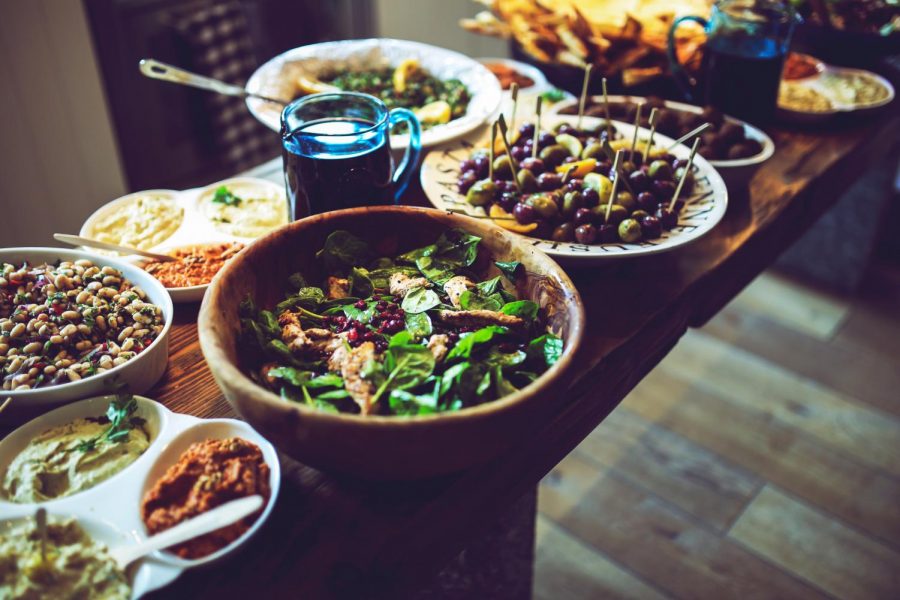Thanksgiving Around the World
Though just about every history class ever (up until now) would like for us to believe that Thanksgiving is a celebration of the “first supper” between the first pilgrims and Native Americans and unique to the US, this is not the case. Thanksgiving is actually a harvest festival meant to celebrate the last harvest of the season. and Also, when there is an abundance of food, many cultures around the world have used this time as the reason for giving back; feeding the poor and celebrating with large feasts and parties.
Like with the original Thanksgiving, most of these festivals fall in early October, not late November like our traditions here in the US. So while you’re chowing down on your turkey with all the fixings, this is how other people across the globe celebrate their harvest festivals:
- In Israel you would be celebrating Sukkot, which falls on the 15th day of the month of Tishrei (sometime between September and October). This holiday has biblical roots, and is a celebration of the exodus from slavery in Egypt. Traditional foods served on Sukkot include matzo ball soup, gefilte fish, fresh fruits and vegetables, and gratin potatoes, to be followed by a traditional kosher apple cake.
- South Korea celebrates Chuseok, in which people return to the family homes in order to honor their ancestors. The holiday falls on the 8th month of the lunar calendar and is filled with rituals and feasting. Common foods you would eat are bulgogi (marinated, grilled beef), Japchae and songpeon,
- Vietnam has the Tết Trung Thu Festival, or the Mid Autumn Moon Festival. It is a celebration of the purity and sacredness of children and youngsters, with light lanterns and dances to celebrate. If you are in Vietnam in the first week of October, you will likely be eating a lot of round foods, including moon cakes, bahn bao (steamed buns), and pancakes.
- Ghana has the Homowo Festival, which is meant to commemorate pre-colonial famine, and literally translates to ‘hooting at hunger’. This festival is the earliest, falling in late August, with the sewing of the first harvest. The holiday is characterized by parades and religious ceremony meant to ward off evil spirits and pacify the gods. This festival culminates with a celebration where work and fishing is banned. The meal of choice is palmnut soup, served with rice and fermented corn.
Though many of us are quite rooted in our celebration of plenty, sitting down and gorging on turkey is not the only way to do it, as these festivals show. Who knows, maybe there are some dishes in these holidays that you can incorporate into your own feast!







